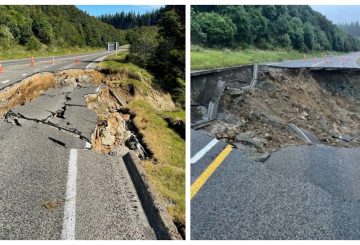研究・科学・技術革新担当相のメーガン・ウッズ(Megan Woods)博士は、経済成長、気候変動、交通インフラ、福祉など、ニュージーランドの人々が関心を寄せる大きな課題への取り組みを支援するため、今年の「エンデバー基金(Endeavour Fund)」の助成対象者を発表しました。
ニュージーランド最大の競合研究基金を通して、合計69件の新しい科学研究プロジェクトが2億4400万ドル以上を獲得しました。 「今年は、ニュージーランドが低炭素社会へ移行するために、1,300万ドル以上を投資しました。オークランド大学が主導する『低炭素社会のためのワイヤレス給電式輸送インフラ(Wirelessly Powered Transport Infrastructure)』のようなプロジェクトは、自動車にワイヤレス給電するために必要な技術を開発するだけでなく、COVID-19からの回復に伴い、ニュージーランドの企業が技術を商業化するための経済的な機会を創出するだろう」と、研究・科学・技術革新担当相メーガン・ウッズ氏は述べています。
「気候変動関連のリスクに対処するための研究には、1,100万ドル以上が投資されています。その中には、Scion(森林研究所)が主導する『極端な山火事:新たな現実-準備はできているか』や、コースロン研究所(Cawthron Institute)が主導する『魚の未来:新たな淡水生態系への備え』などがあります。
「また、テアオ・マオリ(te ao Māori)の世界観を研究に取り入れることも重要です。Manaaki Whenua(環境や生物多様性を調査する研究所)の「Te Weu o te Kaitiaki – 先住民族の再生の道(Indigenous regeneration pathways)」プロジェクトは、その良い例です。このプロジェクトでは、ワカパパのフレームワークを使って、生態系を回復させ、人と場所をつなぎ直し、コミュニティに持続可能な経済成長をもたらすための、生物文化的な解決策を再構築しています」とミーガン・ウッズ氏は語ります。
詳細はMBIEのウェブサイトをご覧ください。 https://www.mbie.govt.nz/science-and-technology/science-and-innovation/funding-information-and-opportunities/investment-funds/endeavour-fund.






























































